I'd like to replicate Figure 2 in Poincaré Embeddings for Learning Hierarchical Representations, namely: Poincare embeddings from the "mammal" subtree of WordNet.
First, I construct the transitive closure needed to represent the graph. Following these docs and this SO answer, I do the following to construct the relations:
from nltk.corpus import wordnet as wn
root = wn.synset('mammal.n.01')
words = list(set([w for s in root.closure(hyponyms) for w in s.lemma_names()]))
rname = root.name().split('.')[0]
closure = [(word, rname) for word in words]
Then I am using Gensim's Poincare model to compute the embeddings. Given the example relations in Gensim's documentation, e.g.
relations = [('kangaroo', 'marsupial'), ('kangaroo', 'mammal'), ('gib', 'cat')]
I infer that the hypernym needs to be to the right. Here is the model fitting code:
from gensim.models.poincare import PoincareModel
from gensim.viz.poincare import poincare_2d_visualization
model = PoincareModel(relations, size=2, negative=0)
model.train(epochs=50)
fig = poincare_2d_visualization(model, relations, 'WordNet Poincare embeddings')
fig.show()
However, the result is obviously not correct in that it looks nothing like the paper. What am I doing wrong?

